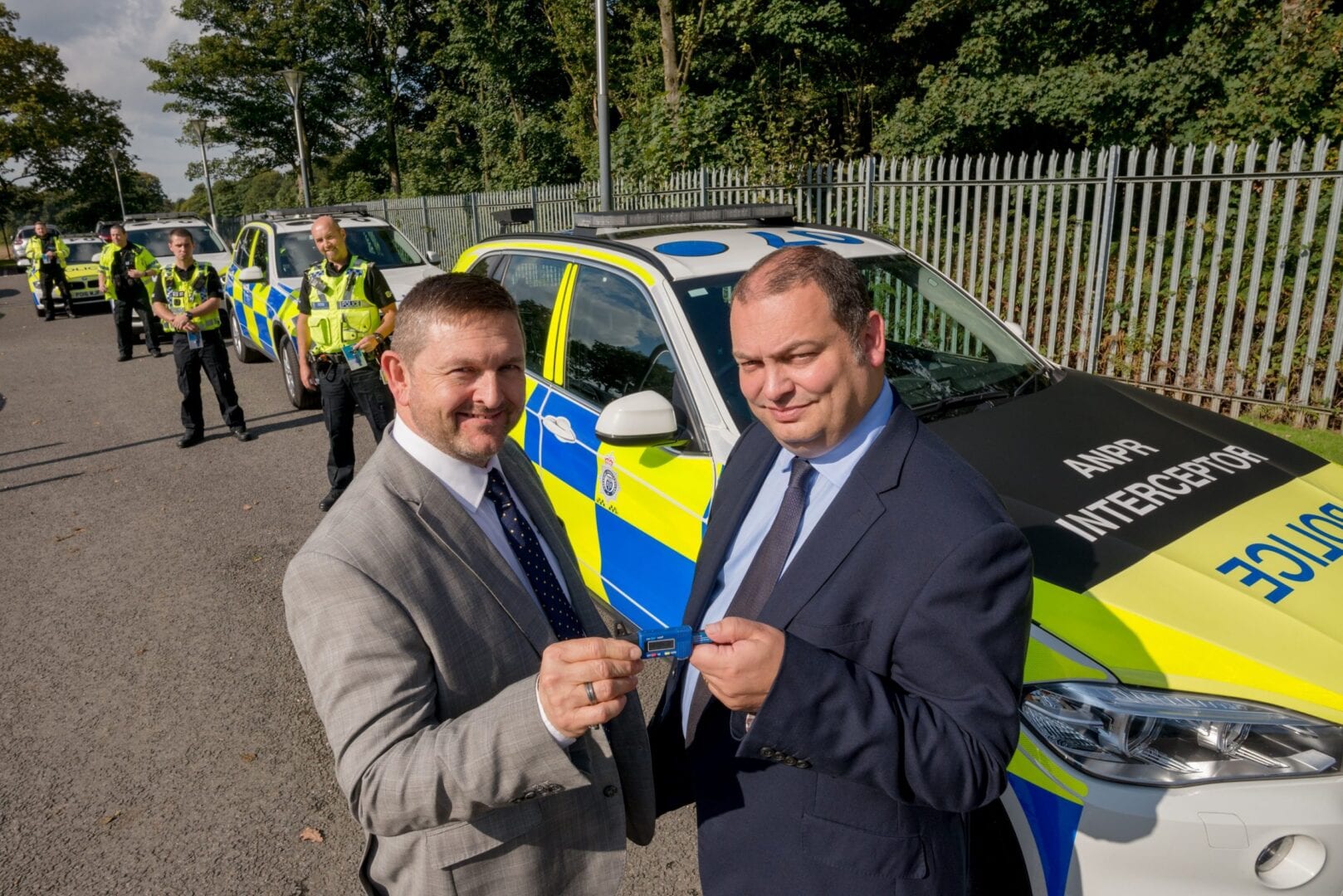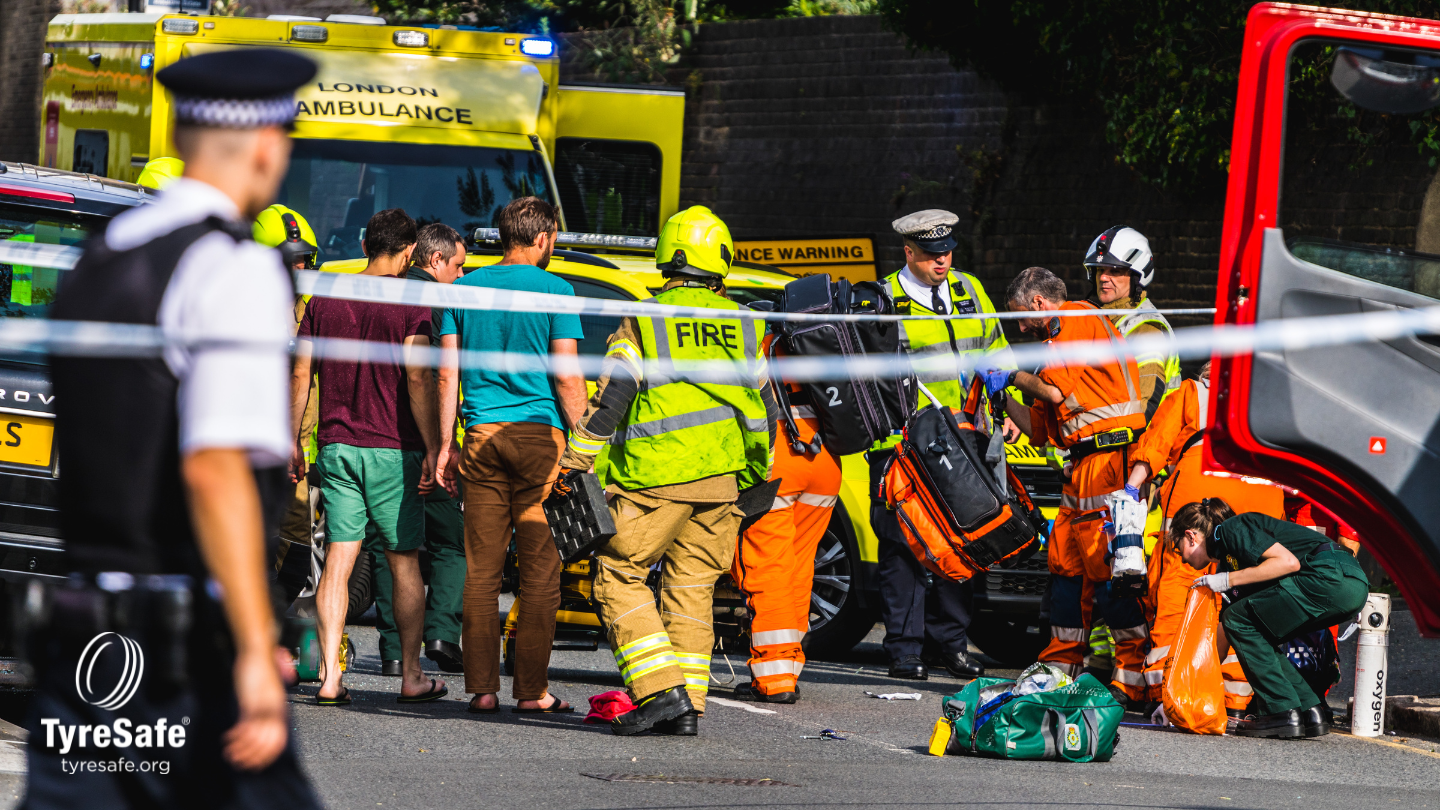While the number of casualties resulting from tyre-related incidents were reported to have decreased in the latest Department for Transport report, research highlights a need for greater awareness of the importance of tyre safety. Results from a recent survey of tyres at the point of replacement carried out by TyreSafe in partnership with Highways England revealed over 10 million dangerous and illegal tyres are used on Britain’s roads annually.
Further TyreSafe research reveals one-in-five drivers has never checked their tyres, a figure which rises to one-in-three among the under 25s. The lack of routine maintenance checks is also demonstrated in the MoT failure rate for tyre-related defects, which results in 2.2 million cars facing a re-test or failure every year.
Stuart Jackson, Chairman of TyreSafe, said: “TyreSafe is absolutely delighted to be able to support roads policing by supplying these tread depth gauges. No other organisation has the opportunity to deliver the tyre safety message directly to motorists in a more impactful manner than police traffic officers. As all road safety stakeholders work to drive down the number of casualties on our roads, TyreSafe is proud to be a partner in an initiative with the potential to save lives.”
Detective Chief Superintendent Paul Keasey, chairman of the National Roads Policing Intelligence Forum, said “I’m delighted to oversee this initiative and see the tread gauges handed over as I believe it has the potential to make a real difference to road safety. Tyre checks are not difficult to perform but they are potentially lifesaving. Being informed by a police officer of the importance of this routine should give the advice greater impact, particularly as there are potential penalties for those who flout the law.”
Drivers are reminded the minimum legal limit for tread depth is 1.6mm with a potential £2500 maximum fine and three-penalty points applicable to each tyre found to be below that limit or in an unroadworthy condition. A tread depth gauge or even 20-pence piece can be used to how close a tyre is to that limit. When using a 20p, simply insert the coin into the main grooves across the tyre’s centre and at numerous points around its circumference and check to see if the border of the coin is visible. If it is, you may be close to the legal limit and should have the tyre properly measured by a professional.
Police officers will also be advising drivers to pay attention to their tyres’ general condition and air pressures. Tyres should be free of lumps, bumps or bulges and without any signs of cracking. Tyre pressures ensure the vehicle brakes, steers and accelerates as the vehicle manufacturer intended. Under or over-inflated tyres increase motoring costs by reducing fuel economy and increasing tyre wear in addition to the considerable safety risk they represent.
For more information on tyre safety and how to carry out maintenance checks, visit tyresafe.org



